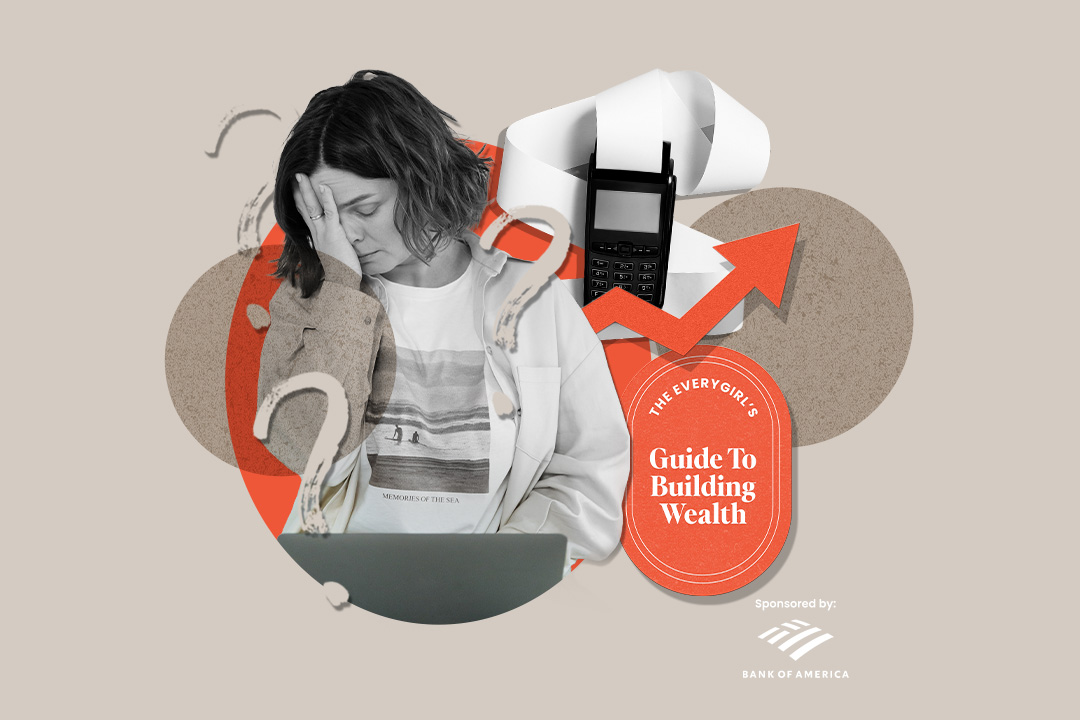Ever since I started using TikTok about a year ago, I’ve picked up a lot of interesting tidbits from this app. From discovering the beauty of frost flowers to improving my daily life with advice from @brunchwithbabs, and witnessing the sorority life through #BamaTok.

My latest revelation? The practice of taping your mouth shut while sleeping. I first heard about this technique from Chance Culp, who mentioned it improved her sleep quality. Though I usually sleep soundly without aid (*humble brag*), I became intrigued by the benefits of mouth taping. As I delved deeper into TikTok, I discovered why many creators and experts endorse this method, leading me to consider trying it myself. Let’s explore further into this trend and why it’s becoming a nightly ritual for many.
Why tape your mouth while you sleep?
Before discussing the advantages of mouth taping, it’s crucial to grasp why it’s done. The primary reason is to prevent breathing through the mouth. Besides the negative cosmetic effects and lip dryness caused by mouth breathing, why is it problematic?
Dr. Konstantin Pavlovich, the creator of the Buteyko Method in 1952, emphasizes that improper breathing is linked to various physical, neurological, and respiratory conditions. Opting for functional breathing, which involves breathing through the nose into the diaphragm, as opposed to mouth breathing into the chest, has shown to alleviate health issues like asthma, rhinitis, hayfever, anxiety, stress, panic attacks, dental health, craniofacial development, ADHD, insomnia, snoring, and sleep apnea.
Alex Neist, Founder & CEO of Hostage Tape, supports this view by stating that a significant portion of the population breathes through their mouth during sleep. Therefore, by sealing our mouths, we encourage nasal breathing, leading to various benefits that not only improve sleep quality but also enhance overall health. Neist elaborated on the advantages, mentioning that mouth taping can diminish or eliminate snoring and apnea, increase oxygen intake, aid diaphragm function for reduced stress, alleviate inflammation, enhance immunity, and combat issues like bad breath, tooth decay, and dry mouth.

How to tape your mouth
Before attempting mouth taping, understanding the dos and don’ts is essential. It’s not merely slapping Scotch tape over your mouth. Specific products are designed for mouth taping to secure your mouth shut throughout the night while allowing comfortable nasal breathing. Lalitha Bhowani-McSorley from Brentwood Physiotherapy Calgary recommends using medical adhesive tapes such as surgical or micropore tape. She highlights the importance of using this tape type as it adheres firmly without causing skin irritation and discomfort, all while ensuring ample breathability. It’s imperative to change the tape each time.
As mouth taping gains popularity, companies are introducing products to facilitate this practice. Dr. Katherine Hall, a sleep psychologist at Somnus Therapy, suggests using adhesive strips specially designed for mouth taping before bed. Other options include hypoallergenic and surgical tapes commonly used on the skin. Ensuring the right type of tape to prevent irritation and applying it correctly are crucial steps.
In a video, board-certified plastic surgeon Dr. Daniel Barrett recommends starting with a small piece of tape at the center of your lips and gradually increasing the tape amount and coverage area. If you face challenges with sleeping or experience mouth breathing-related issues, consult your doctor to determine if mouth taping is suitable for you.
Dr. Daniel Barrett recommends starting with a small piece of tape at the center of your lips and gradually increasing the tape amount and coverage area.


My experience
My decision to try mouth taping wasn’t solely motivated by the prospect of better sleep and increased oxygen levels. Admittedly, my vanity played a part, as I was intrigued by the idea that mouth breathing could alter facial appearance. While the potential to alleviate my anxiety was also enticing, I decided to give it a shot.
As someone prone to allergies and asthma, I was initially hesitant to tape my mouth shut, fearing breathing difficulties. Despite struggling to breathe at first and needing to remove the tape a couple of times for a deep mouth breath, I eventually acclimated to nasal breathing. By the second night, breathing through my nose felt natural, and I continued to enjoy uninterrupted sleep without the usual congestion. Surprisingly, the tape was comfortable and non-intrusive, often forgetting it was even there in the morning.
I was pleasantly surprised that I didn’t find the tape uncomfortable or distracting while I slept.
Final verdict
While I can’t claim that a few nights of mouth taping completely revolutionized my health, it did alter my perspective on body care. Many common health issues I face, like anxiety, asthma, acid reflux, fatigue, and more, can be linked to mouth breathing. Although I’ve noticed improvements in these areas, I’ve become more attuned to the importance of listening to my body and embracing its natural state, whether it involves posture, breath, or gut health. Often, the solutions to our health concerns lie right under our noses, both figuratively and literally.






